
Imagine that it is March 2020 and you are hearing increased reports about COVID-19’s U.S. path. Meanwhile, it’s a Monday—a workday—and you feel ill with symptoms that align with ones reportedly associated with the new virus. You know that if you attend work, you may infect your fellow coworkers with whatever illness you are experiencing, COVID-19 or not. Your ideal course of action is to stay home. However, a whole host of reasons may prevent you from doing so.
Maybe your workplace has a stigma towards those who take a day off, and you decide to attend work in order to avoid coworker judgment. If your work is within the “care” sector, you might feel an obligation to those you serve which overrides your wariness surrounding your sickness. Or perhaps you can’t stay home because missing out on a day of work means missing out on a crucial day of pay or losing your job.
Consistent with this scenario, past studies have shown that access to paid sick leave is an important determinant of an ill person’s capacity to miss work. If a worker is not guaranteed payment or job security in times of personal or family illness, she may choose to attend work, even if she is running a high fever or caring for a child with a nasty cough. Today, the global pandemic caused by COVID-19 makes clear: As stark as the choice to miss work is for individuals, their choice affects the health of others.
The United States does not offer workers a permanent, federal paid sick leave law which protects their wages and jobs through illnesses. Instead, it is typically the purview of employers to provide their workers with paid time off or sick leave benefits. This employer-focused sick leave scheme leads to disparities in paid sick leave access by industry, occupation, and firm type: A Pew Research Center analysis found that workers who earn more and work in “management, professional and related” occupations, such as accountants, lawyers, and software engineers, are most likely to receive sickness-related income and job protection. Left behind from these job protections are often lower-wage, part-time, and service industry workers—who are disproportionately women and women of color.
To promote broader sick leave coverage, some states, counties, and cities have passed mandates which explicitly require employers in their jurisdictions to provide their workers with paid sick leave. At the start of the coronavirus pandemic, 12 of these state-level paid sick leave laws were in effect. In my senior thesis research advised by Wellesley College Professor Kristin Butcher, Ph.D., and in partnership with WCW Senior Research Scientist Sari Kerr, Ph.D., and WCW Research Scientist Deniz Çivril, Ph.D., I investigated whether these already-on-the-books state paid sick leave laws led to greater social distancing and reduced COVID-19 infection during the early months of the pandemic’s U.S. course.
Through my research, I found that people in all states responded to COVID-19 by staying at home more. And in states with paid sick leave mandates, individuals stayed at home to an even greater degree.
I took advantage of a variety of data sources for my project, from cell phone location tracking data sourced from SafeGraph Social Distancing Metrics to demographic data from the American Community Survey. Through my research, I found that people in all states responded to COVID-19 by staying at home more. And in states with paid sick leave mandates, individuals stayed at home to an even greater degree.
For example, immediately following President Donald Trump’s national emergency declaration on March 13, 2020, individuals in states with paid sick leave mandates stayed at home for about 30 more minutes per day relative to people in states not covered by paid sick leave mandates. To put this number into context, 30 additional minutes at home each day is similar to going from typical at-home behavior on a Friday to typical at-home behavior on a Thursday. For a worker in May 2020 earning the median hourly wage, 30 minutes of work raked in approximately $10.
I also found that individuals’ ability to stay home during the pandemic was determined by more than their access to state-level paid sick leave. In states covered by paid sick leave mandates, individual characteristics such as educational attainment and ethnicity were associated with differing levels of stay-at-home behavior: Higher shares of college-educated people were associated with more distancing, and higher shares of Hispanic people were associated with less distancing.
By evaluating the effectiveness of paid sick leave mandates in preventing illness spread at the commencement of a global pandemic . . . policymakers can better equip societies with public health tools that successfully prevent devastating human health effects.
There are several possible explanations for these results. College-educated individuals are more likely to be in a higher income bracket and work in jobs that offer paid sick leave. Their jobs may be easily done from home. Thus, as a group, college-educated individuals likely will have an opportunity to stay at home more relative to others, whether or not their state has a sick leave mandate. If high numbers of college-educated individuals live in states that pass paid sick leave, people in these states are more likely to respond to a pandemic by staying home.
Meanwhile, Hispanic people disproportionately make up front-line service jobs. They are also less likely to have access to sick leave through their employers. It appears contradictory that this group did not respond to sick leave coverage within paid sick leave states by distancing more during the pandemic. This result could imply that there exist sustained coverage and effectiveness gaps for paid sick leave mandates passed by states.
Overall, my results offer some evidence that paid sick leave mandates did achieve their intended goals of keeping sick individuals at home, but to a modest degree during the COVID-19 pandemic. Still, the intention of this study is important. By evaluating the effectiveness of paid sick leave mandates in preventing illness spread at the commencement of a global pandemic—a time when more people are contracting illness and facing the decision of whether or not to stay home from work—policymakers can better equip societies with public health tools that successfully prevent devastating human health effects. Even if paid sick leave mandates are not complete antidotes to a public health crisis like COVID-19, they may work well in tandem with other public health protections. Researchers and practitioners should continue to search for optimal policies that ensure that people stay home, tend to their illnesses, take care of loved ones, and limit the future spread of infection.
Tara Wattal graduated from Wellesley College in June 2021 with a Bachelor of Arts in Economics. This blog post contains excerpts from her senior honors thesis, which was advised by Wellesley College Economics Professor Kristin Butcher, Ph.D.


 As a new mother, you hold your baby in your arms, wishing for the best of the best for her. You may also be facing difficult career questions upon her arrival: When should you start working again? Should you be a stay-at-home-mom? Should you get a new job with a more flexible schedule? Will you be able to get promoted when you’re back at work? If you have a daughter, will she face the same choices in the future?
As a new mother, you hold your baby in your arms, wishing for the best of the best for her. You may also be facing difficult career questions upon her arrival: When should you start working again? Should you be a stay-at-home-mom? Should you get a new job with a more flexible schedule? Will you be able to get promoted when you’re back at work? If you have a daughter, will she face the same choices in the future?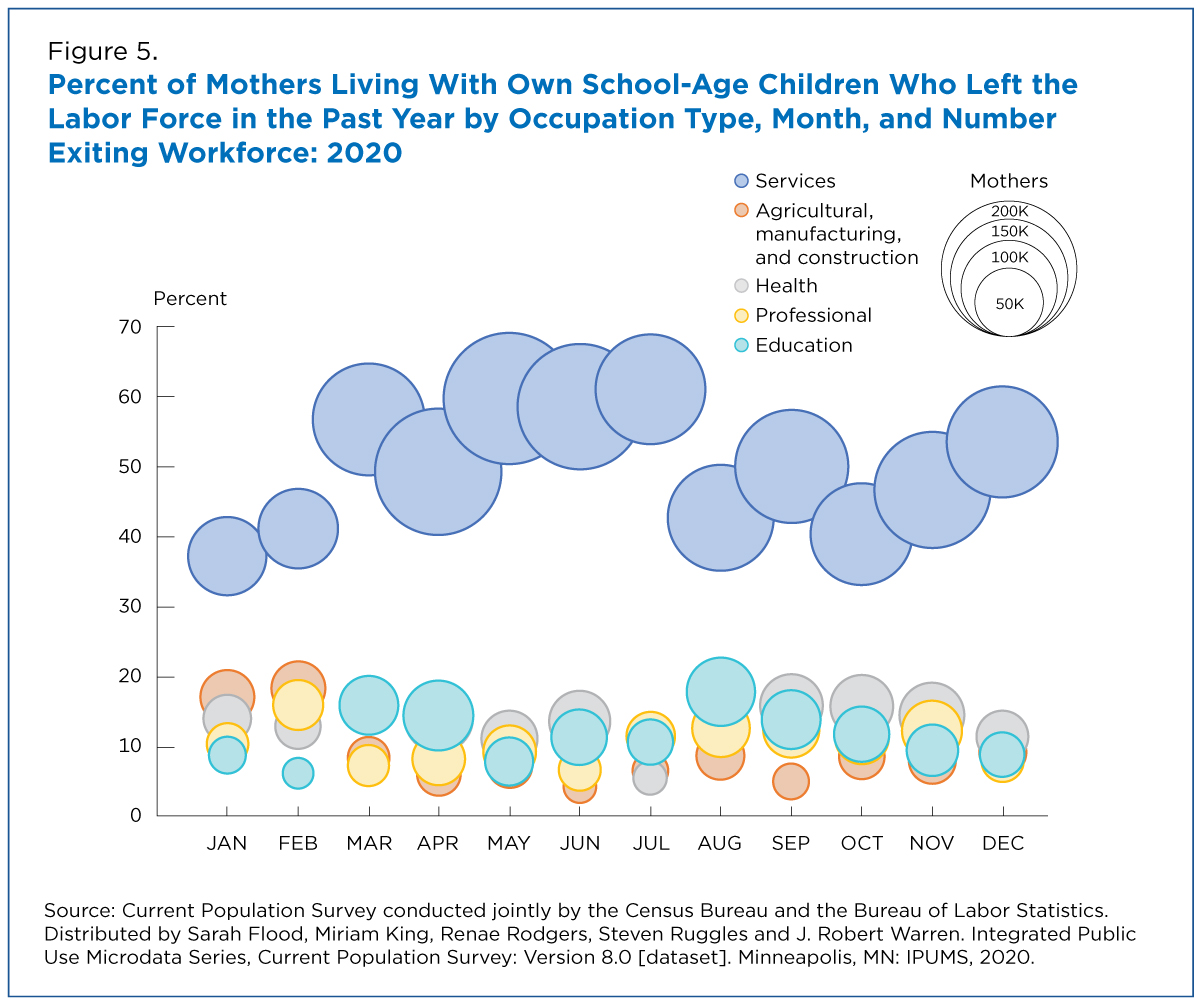
 I spent the past semester working with Professor
I spent the past semester working with Professor 
 A woman graduates from college and starts her first job, earning about the same as the male colleague who sits next to her. She gets promoted a few times, her salary increases, and in her late 20s, she gets married. Her husband gets a job offer in a new city, they move, and she takes a slightly lower-paying job. In her early 30s, she has a baby, and then another baby in her mid-30s. She decides to cut back her hours (and thus her pay) in order to spend more time with her children.
A woman graduates from college and starts her first job, earning about the same as the male colleague who sits next to her. She gets promoted a few times, her salary increases, and in her late 20s, she gets married. Her husband gets a job offer in a new city, they move, and she takes a slightly lower-paying job. In her early 30s, she has a baby, and then another baby in her mid-30s. She decides to cut back her hours (and thus her pay) in order to spend more time with her children.  In January 2018, President Trump famously raised his concerns regarding the “lack of Norwegians” and the excess of immigrants from low-income countries entering the United States – and
In January 2018, President Trump famously raised his concerns regarding the “lack of Norwegians” and the excess of immigrants from low-income countries entering the United States – and 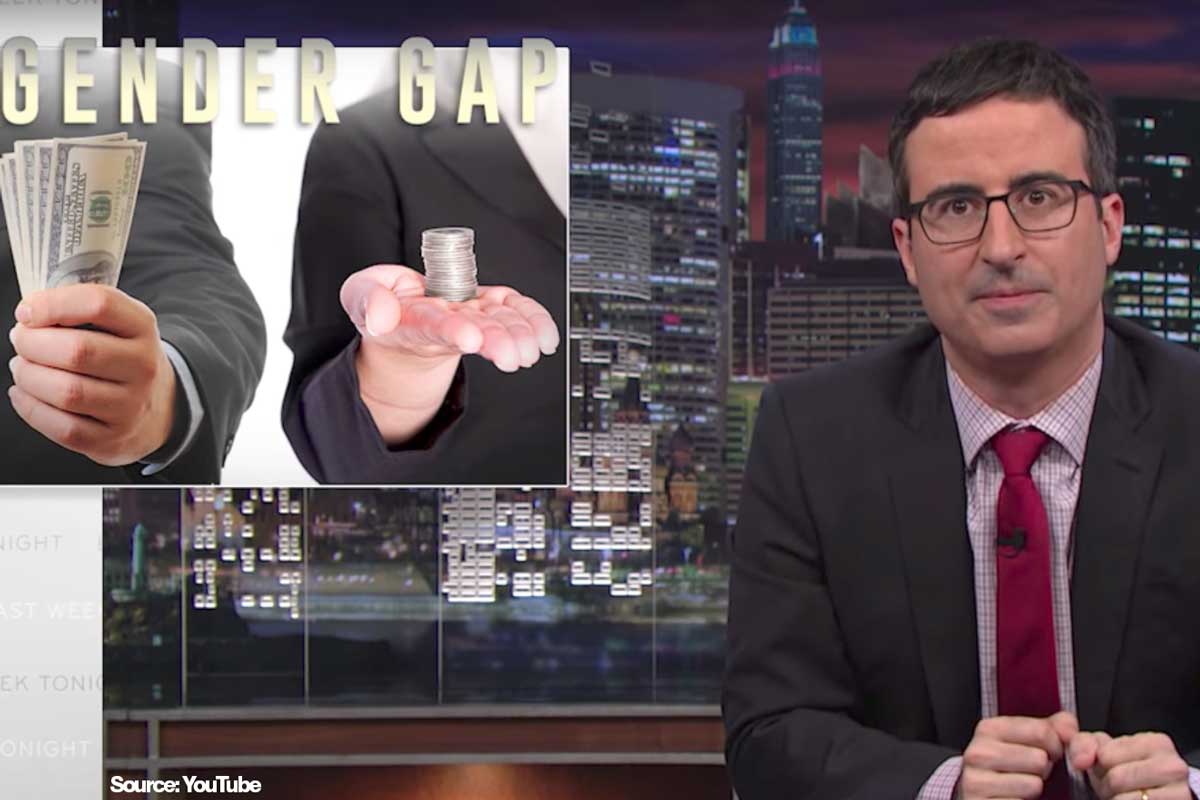 We all have heard it, women earn about 20 percent less than men. But when, how, and why does the gap emerge? Everyone has an opinion on it, and these opinions range widely – which leads to many
We all have heard it, women earn about 20 percent less than men. But when, how, and why does the gap emerge? Everyone has an opinion on it, and these opinions range widely – which leads to many 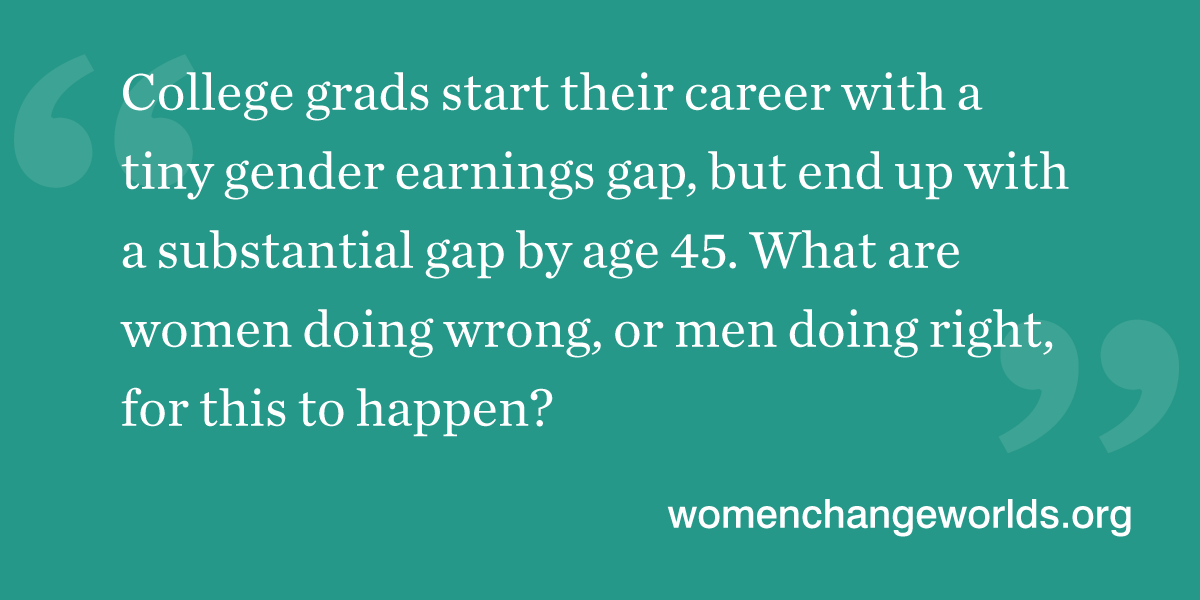 Another expensive “choice” women make is motherhood. Women are more likely to
Another expensive “choice” women make is motherhood. Women are more likely to  Social Justice Dialogue:
Social Justice Dialogue: 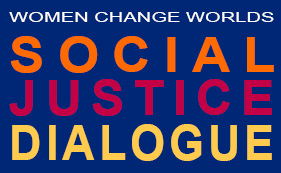
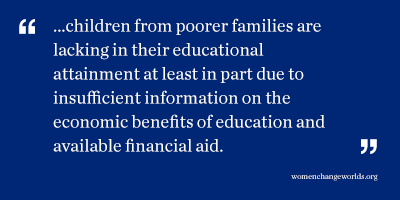 Eric Bettinger and his colleagues
Eric Bettinger and his colleagues